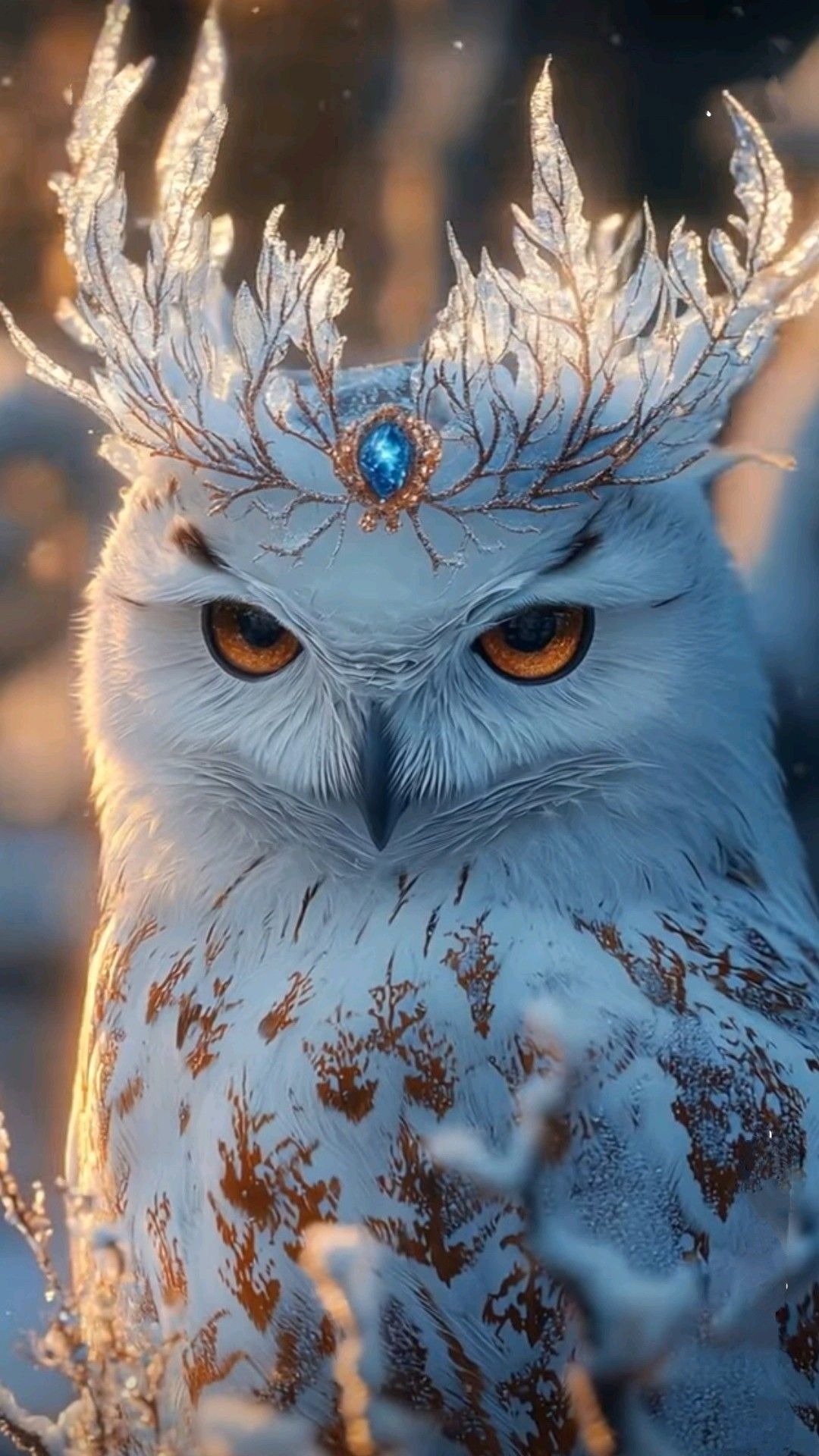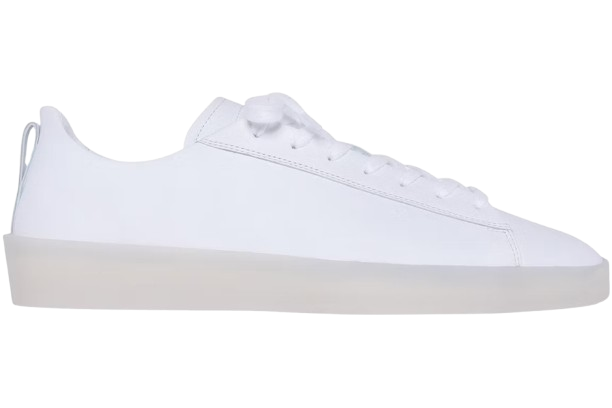The Owlin, a fascinating and relatively new race introduced in Dungeons & Dragons, captures the imagination with their unique characteristics—particularly their connection to the skies and natural world. Owlin are humanoid creatures with owl-like features, including wings, keen senses, and a natural affinity for stealth and observation. While much attention is given to their physical traits and abilities, the Owlin lifespan is an essential aspect of their biology that has significant effects on gameplay and character development. In this article, we will dive deep into Owlin age, maturation, and lifespan to give you a better understanding of how this unique race experiences the passage of time.
Owlin Lifespan: The Basics
Like many fantasy races in Dungeons & Dragons, Owlin have a lifespan that differs from that of humans or other traditional races. Their lifespan, maturity, and aging processes reflect their connection to the natural world and their owl-like traits. Understanding this lifespan is important, not only for character roleplaying but also for navigating the storylines that might involve generational differences, cultural practices, and time-related abilities.
How Long Do Owlin Live?
Owlin typically have a owlin age of about 100 to 120 years, making them long-lived but not quite as enduring as elves or dragons. However, this relatively shorter lifespan compared to other races can influence how Owlin approach life and time. They live full, rich lives and, depending on the campaign setting, they might view certain events like aging or legacy quite differently from more immortal or long-lived races.
In the world of D&D, Owlin’s lifespan is typically defined by the following:
- Maturity: Owlin reach maturity around 16 to 20 years of age. This is relatively young compared to many other races, particularly those with much longer lifespans like elves or dwarves.
- Full Adult Life: From the age of 20 to about 90, Owlin are in their prime—fully capable of experiencing life in all its complexity. During this time, they are likely to engage in adventure, personal growth, and cultural contribution.
- Elder Years: As Owlin approach their 100th birthday, they enter their elder years. They may slow down or choose to focus on wisdom, tradition, and passing down their knowledge to younger generations.
Factors Influencing Lifespan
While the typical Owlin lifespan is around 100 years, it is important to remember that certain factors can influence the health and longevity of an individual. These include:
- Environment: Owlin who live in peaceful, natural surroundings might experience a longer life, thanks to access to plentiful food, cleaner air, and lower environmental stress. However, an Owlin living in a dangerous, hostile setting—such as a city at war or a highly perilous wilderness—may face greater risks and shorter lifespans.
- Health and Physical Condition: Just like any race, an Owlin’s physical health will determine how long they live. Those who are in peak condition and take care of their bodies may live to the upper end of their lifespan.
- Magical Influence: Magical healing or enhancements could prolong an Owlin’s life. Certain artifacts or spells could extend their lifespan well beyond the average, though this is typically rare and would need to be considered in specific campaigns or narratives.
- Cultural Practices: In some societies, Owlin may place value on rituals that contribute to their well-being, longevity, or spiritual enlightenment. These practices can impact their overall health, depending on the traditions passed down through their ancestors.
Maturation and Coming of Age
Owlin maturation differs from other races in ways that reflect their connection to the natural world. These avian humanoids grow quickly during their early years, with a strong focus on learning the skills required to survive in a natural, often harsh, environment.
Early Years (0–5 Years)
From birth, Owlin are raised in close-knit communities. As hatchlings, they are cared for by their parents, who ensure that they learn the basics of survival and social structure within their community. During this time, an Owlin is dependent on parental care for nourishment and safety. Their growth is rapid, with their wings developing early on, enabling them to begin learning to glide and fly at a young age.
Adolescence (5–16 Years)
As an Owlin matures into adolescence, they begin to display more of their distinctive traits. Their wings strengthen, and their senses, particularly hearing and sight, become sharper. By the age of 16, an Owlin has typically gained the physical prowess to fly and hunt on their own. They are also trained in their community’s social and survival skills, which could include everything from magic to hunting to stealth.
Young Adult (16–20 Years)
Owlin enter adulthood relatively early. At this stage, they start their independent journeys and explore the world around them, developing their own unique personalities and gaining more experiences in the wild or in societies beyond their own. It is around this time that an Owlin might take up adventuring, as their natural curiosity and affinity for exploration kick in. They will often seek knowledge and relationships that allow them to develop their skills, whether through combat, magic, or diplomacy.
Full Adulthood (20–90 Years)
An Owlin at this stage is in the prime of their life. By now, they have fully matured and are in excellent physical condition. The period of full adulthood is when Owlin often have the most to contribute, whether through leadership, mentoring, or achieving great feats. They may still feel the urge to explore or lead their people, depending on their individual goals. This period also marks a time when Owlin might form families of their own or settle into deeper roles in their community.
Owlin Elder Years (90+ Years)
As Owlin reach the latter stages of their lives, they enter their elder years. During this time, their physical abilities may decline, but their wisdom and experience grow. They often serve as advisors, mentors, or keepers of lore, offering guidance to younger generations. Some Owlin may choose to retire from active adventure and instead focus on spiritual or philosophical pursuits.
However, not all Owlin in their elder years choose to withdraw from active life. Depending on the individual, they may still take on adventures or contribute to important causes, relying more on their mental sharpness and spiritual connection than their physical abilities.
The Role of Aging in Storytelling
Understanding the Owlin lifespan can deeply enrich roleplaying experiences and story arcs within a campaign. The Owlin’s shorter lifespan compared to other races creates a sense of urgency in their actions. They are likely to live with the knowledge that they may not see the far future, motivating them to take risks or achieve great things in a shorter period of time.
Additionally, Owlin often face unique relationships with other races. An elder Owlin might feel a deep sense of connection with long-lived races like elves, yet have a somewhat bittersweet perspective on their own mortality. Younger Owlin might find themselves clashing with older generations over their different approaches to life and adventure.
Conclusion
The Owlin lifespan is shaped by their natural instincts, physical prowess, and unique connection to the world around them. Owlin live relatively short lives compared to some other races, but their experiences are just as rich and full. Whether you’re playing an Owlin character or simply exploring their world, understanding their maturation and lifespan adds a layer of depth to both gameplay and storytelling. As this fascinating race continues to capture the hearts of D&D players, it’s clear that the Owlin’s unique perspective on age and maturity offers endless opportunities for character development and narrative exploration.


